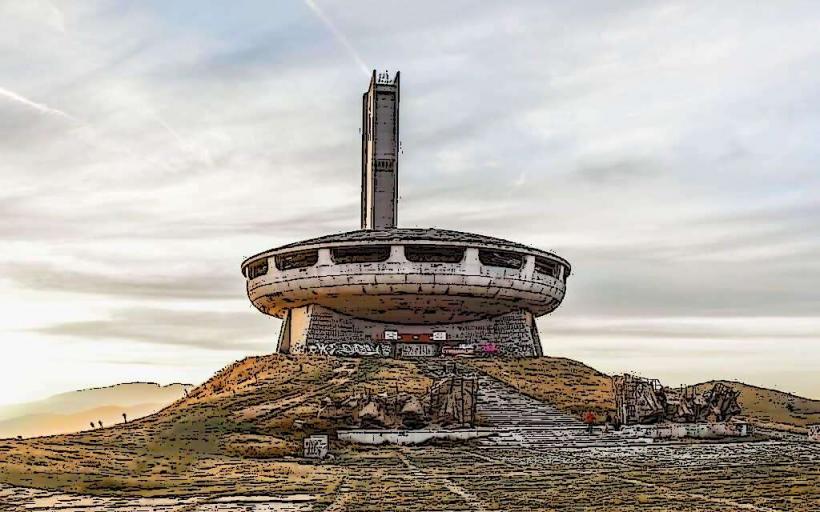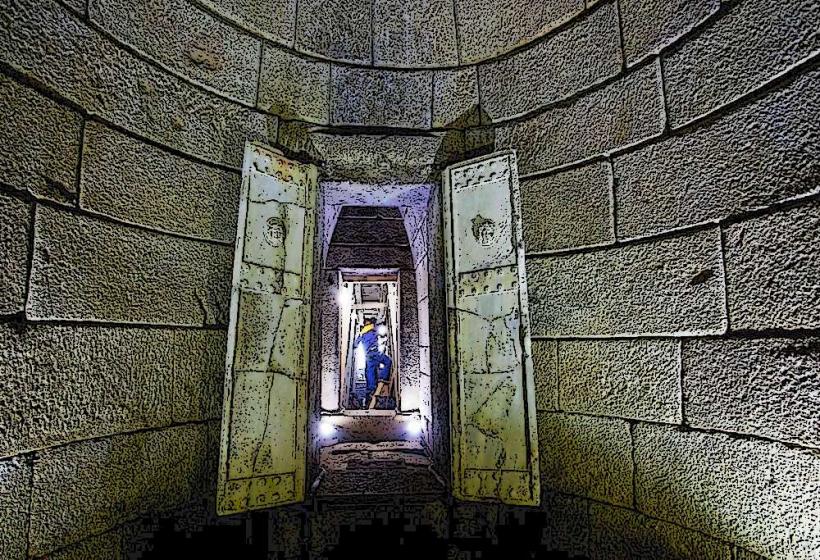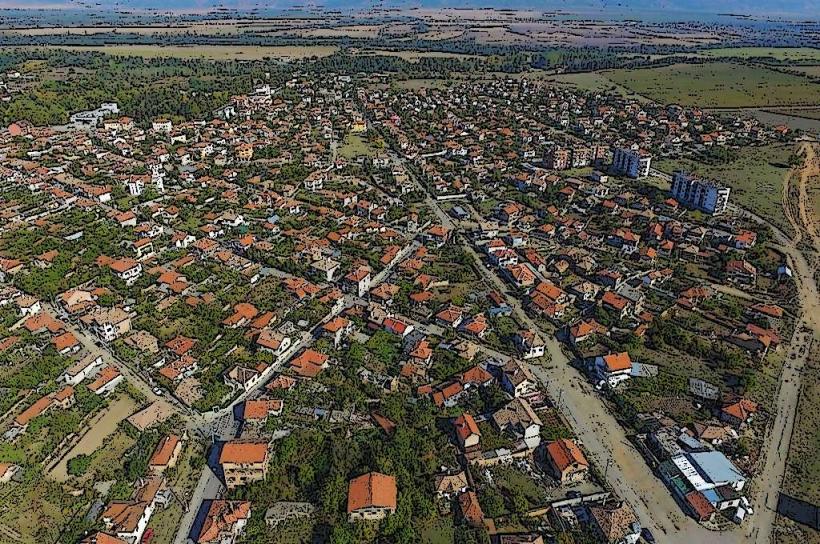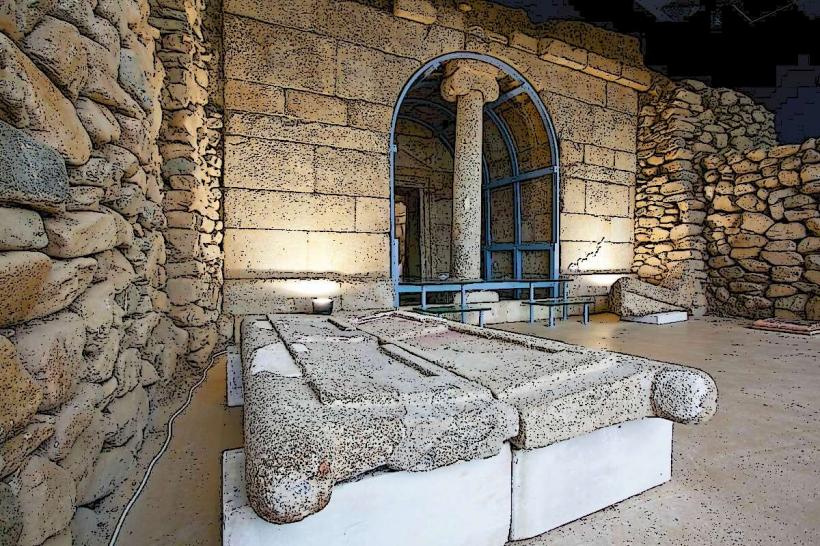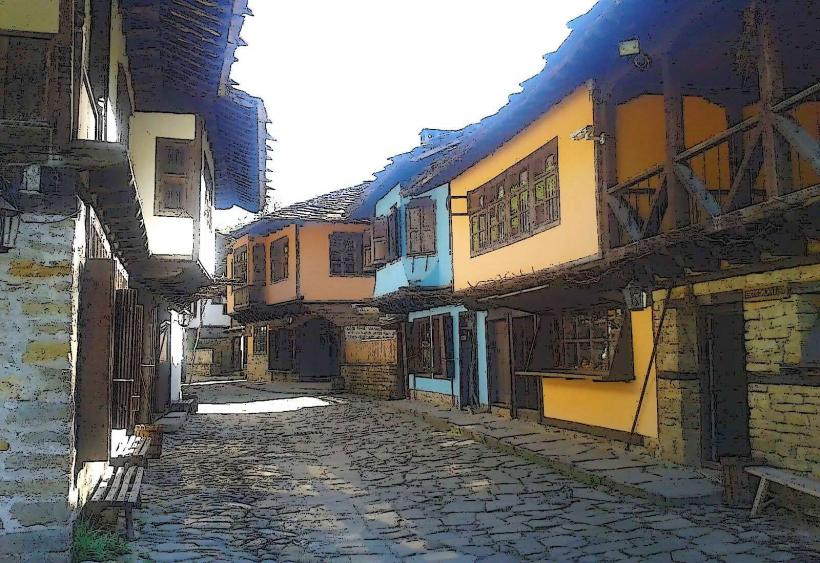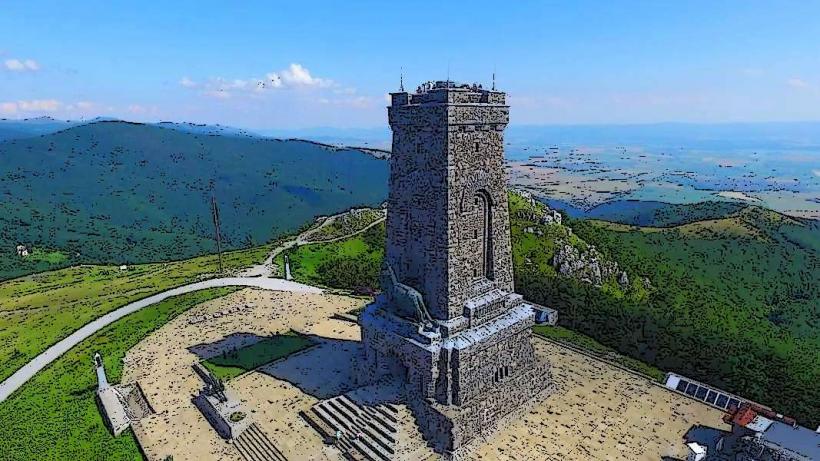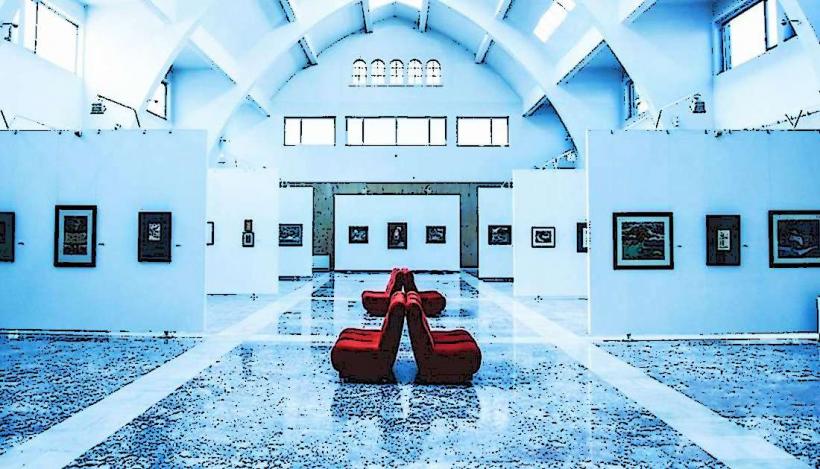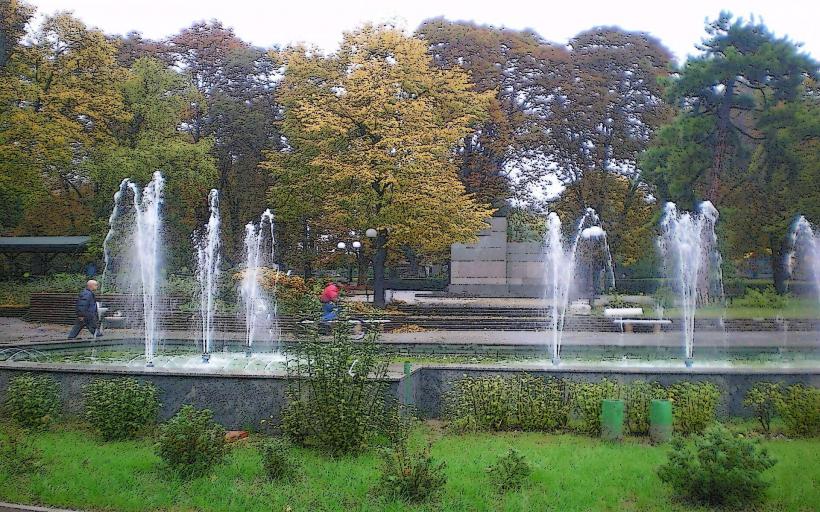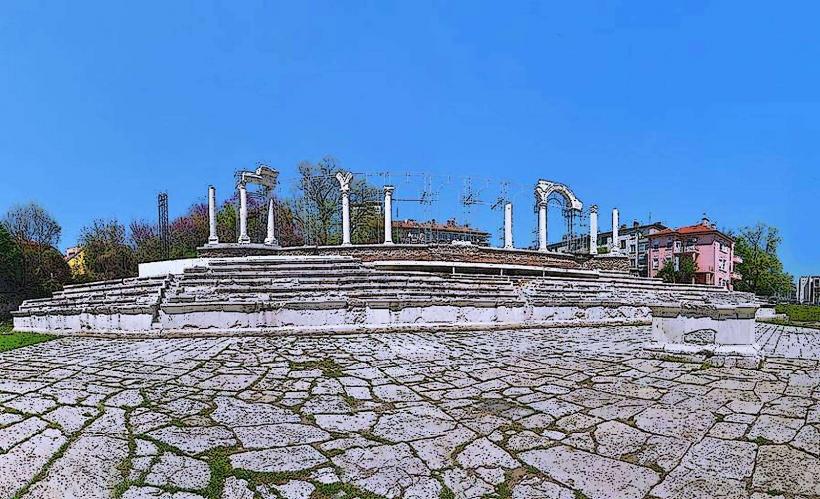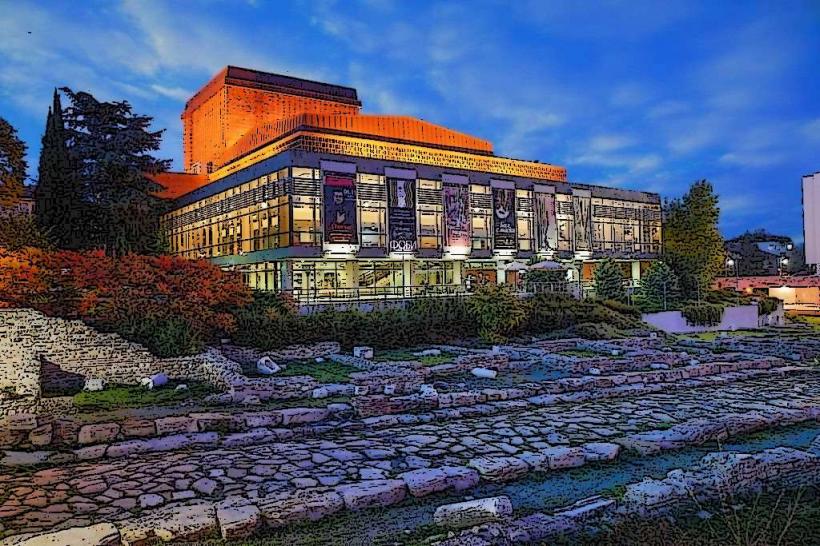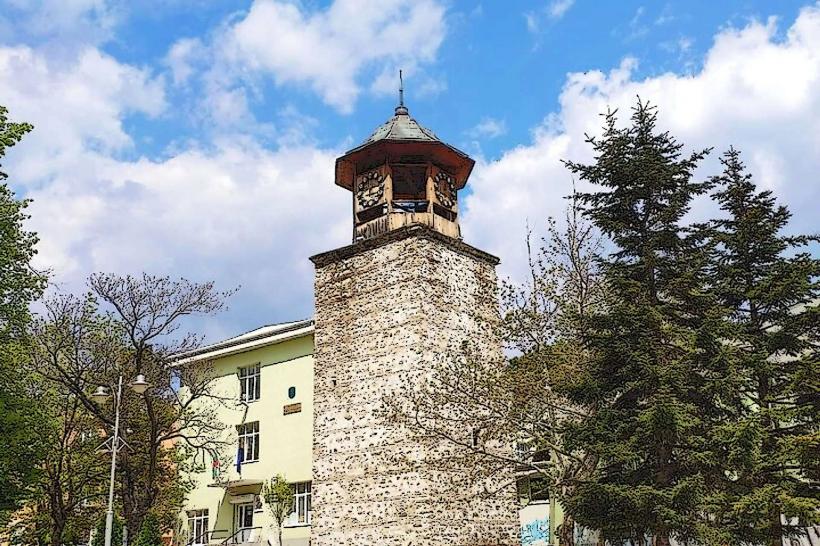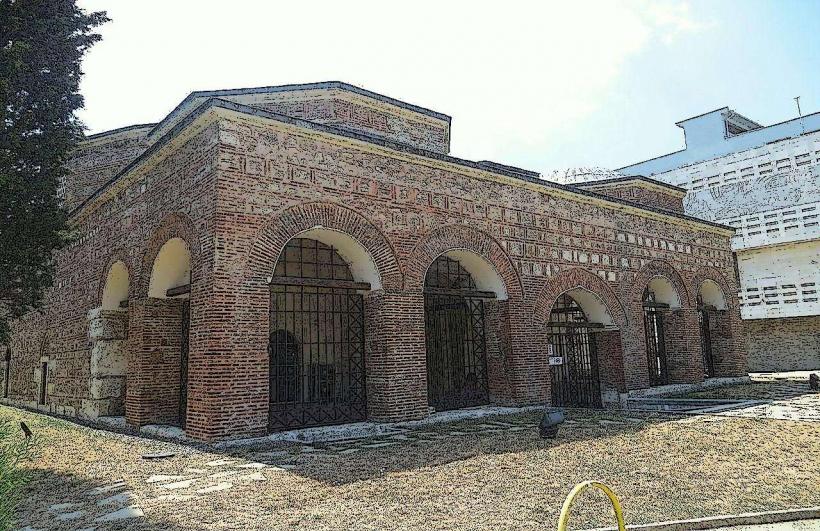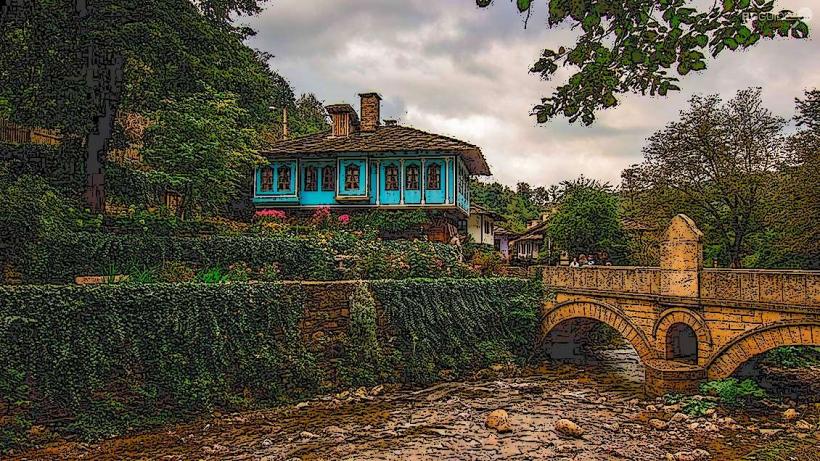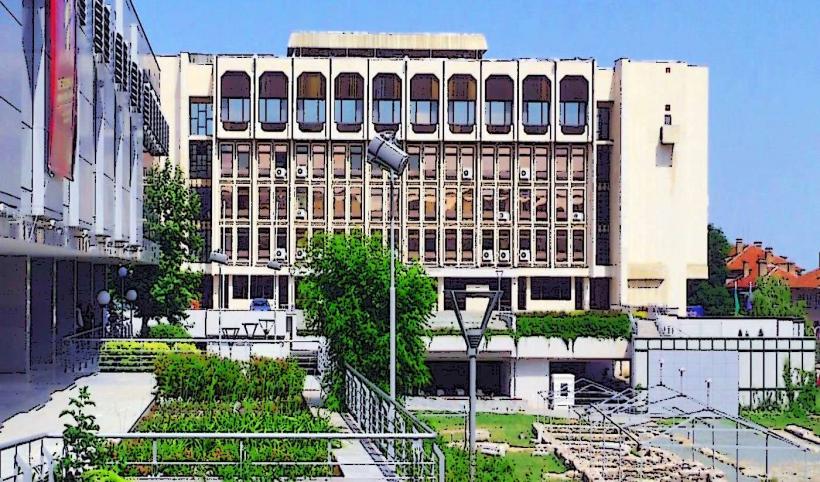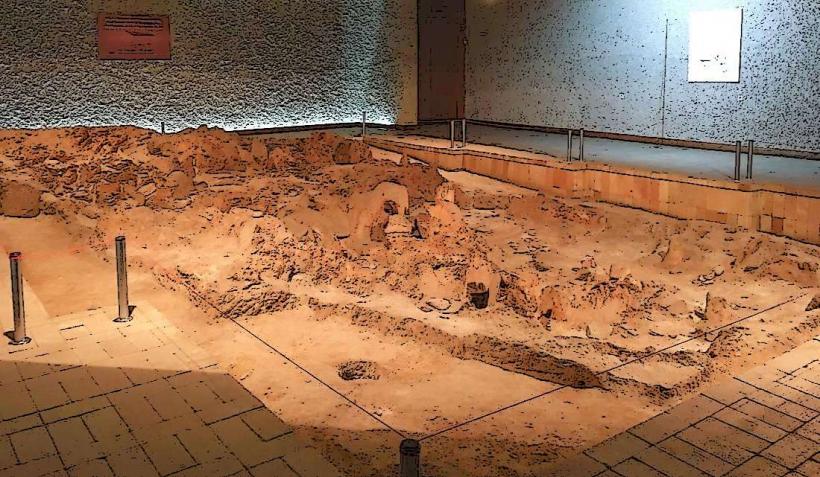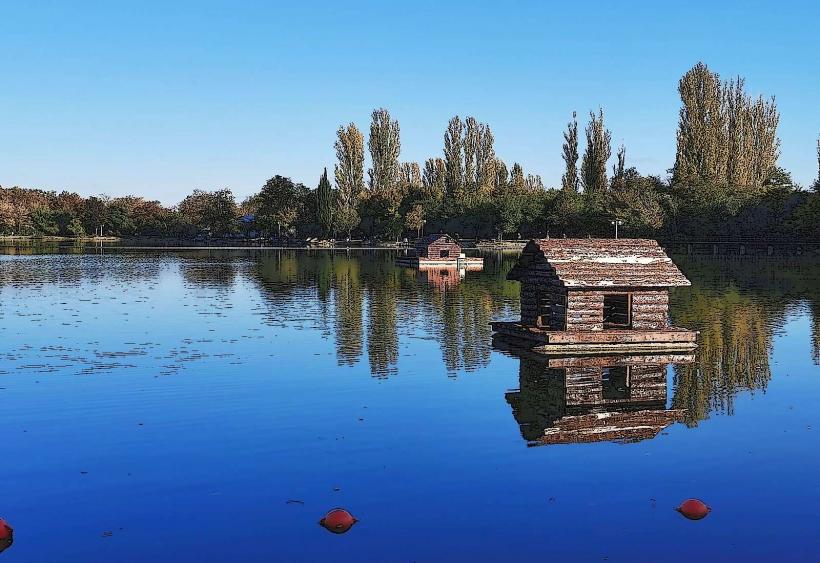Information
City: Stara ZagoraCountry: Bulgaria
Continent: Europe
Stara Zagora is a city in central Bulgaria known for its rich history, cultural heritage, and economic significance. Here’s a detailed overview of Stara Zagora:
Geography
- Location: Stara Zagora is situated in the Thracian Plain, in the central part of Bulgaria. It lies approximately 230 kilometers (143 miles) east of Sofia and 90 kilometers (56 miles) west of Plovdiv.
- Climate: The city has a humid continental climate, characterized by hot summers and cold winters, which contributes to the fertile agricultural land in the region.
History
- Ancient Origins: The area around Stara Zagora has been inhabited since ancient times. The city itself was founded in the 5th century BC and was originally known as "Beroe." It was a significant center during the Roman Empire.
- Roman Era: Under Roman rule, Beroe became an important trade and cultural hub. The remains of Roman structures can still be seen today.
- Byzantine and Ottoman Periods: The city experienced various changes in governance over the centuries, including Byzantine and Ottoman rule. It developed into a key administrative and commercial center during the Ottoman Empire.
- Modern Development: Following the liberation of Bulgaria in the late 19th century, Stara Zagora grew rapidly, becoming an important industrial and cultural center.
Economy
- Industrial Hub: Stara Zagora has a diverse economy, with a strong industrial sector that includes manufacturing, energy production, and agriculture. The city is home to several large companies and industries, particularly in sectors such as textiles, machinery, and food processing.
- Energy Production: The region is known for its energy production, with several thermal power plants located nearby.
Culture and Attractions
- Architectural Heritage: Stara Zagora is known for its unique blend of ancient, medieval, and modern architecture. The city has preserved several significant historical structures.
- Cultural Institutions:
- Regional History Museum: This museum features exhibits on the city’s ancient history, including artifacts from the Roman and Thracian periods.
- Stara Zagora Opera: The city boasts a vibrant cultural scene, with performances in opera, ballet, and theater.
- Theatre "Geo Milev": A significant venue for theater performances, named after the famous Bulgarian poet and playwright.
- Notable Sites:
- The Roman City of Beroe: Remains of the ancient city, including a Roman amphitheater, can be visited within the modern city.
- The Museum of Religion: This museum provides insights into the religious history and practices in the region.
- The 5th October Square: A central square that hosts various events and festivals throughout the year.
Recreation and Nature
- Parks: Stara Zagora is known for its green spaces and parks, offering recreational opportunities for residents and visitors.
- Biyuk Doyran Natural Park: Located nearby, this area features beautiful landscapes, hiking trails, and opportunities for outdoor activities.
Education
- Educational Institutions: Stara Zagora has several schools and higher education institutions, including the Trakia University, which offers programs in agriculture, veterinary medicine, and engineering.
Transportation
- Road and Rail Links: Stara Zagora is well-connected by road and rail, making it easily accessible from other major cities in Bulgaria, including Sofia, Plovdiv, and Burgas. The railway station serves both domestic and international routes.
- Public Transport: The city has a public transport system, including buses and taxis, facilitating movement within the city and surrounding areas.
Conclusion
Stara Zagora is a city that embodies a rich tapestry of history, culture, and economic development. Its strategic location, coupled with its industrial capabilities and cultural offerings, make it a significant part of Bulgaria’s heritage and contemporary landscape. With its historical sites, vibrant arts scene, and beautiful parks, Stara Zagora provides a unique experience for residents and visitors alike.

